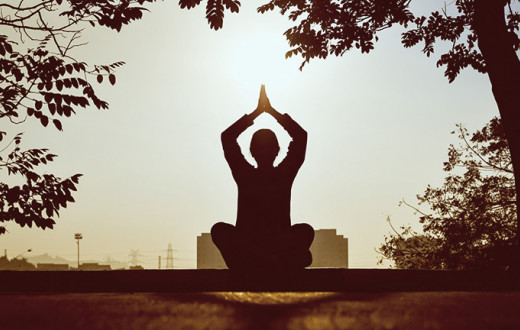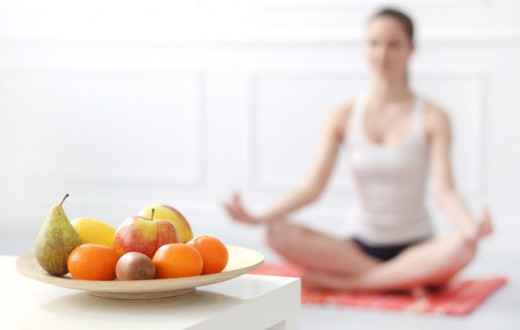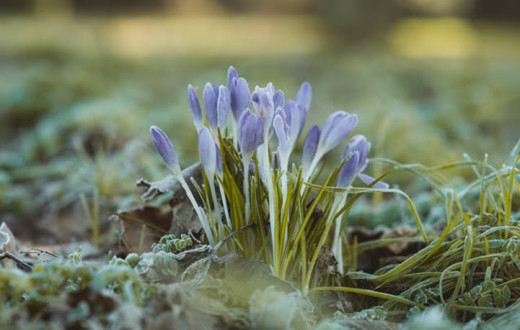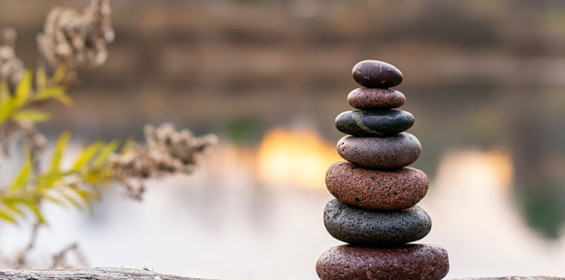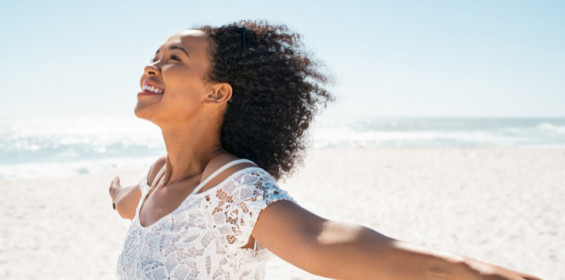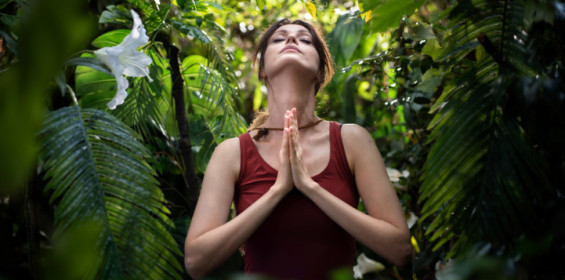By Claudette Webster┃ Posted: November 20, 2018
Benefits of yoga and ayurveda, the science of nature
Yoga and Ayurveda are sister sciences from the ancient wellness tradition of India. Ayurveda is a science for keeping the body in balance through right diet, exercise, meditation and herbs.
In Ayurveda there are three body types (doshas):
- Vata dosha, which is made up of ether and air
- Pitta dosha, which is made up of fire and water
- Kapha dosha, which is made up of earth and water
To have optimal health, they need to be balanced, particularly your predominant dosha.
When vata is imbalanced there can be anxiety, fear, depression, worry, insomnia. If pitta is out of balance we may have poor digestion, poor elimination, poor detoxification. When kapha is out of balance we may feel lethargic, tired, lacking energy and enthusiasm. So how do yoga and Ayurveda work together to help us stay in balance?
How does yoga help the doshas?
Sometimes what we resist the most in our yoga practice is what we need in order to balance our dosha.
To reduce vata, we need to practice in a quiet, grounded and systematic way. The balance between strength and flexibility is critical for a positive experience of the vata dosha. Being still is the vata challenge and reward. Vata wants to move; vata loves vinyasa flow. Vata needs quiet, calm, slow, deep breathing to balance that element and not imbalance the other elements. Great postures are forward bending poses.
Pitta energy presses forward in an impulsive manner. Excess pitta is reduced by practicing in an effortless, non goal oriented way, working at about 75% of our capacity. We hold postures for longer periods to reduce pitta. We slow down. Pitta has a tendency to work the breath too hard. Working effortlessly and softly while being strong is pitta’s work. Forward bends and twists are very effective in reducing excess pitta and bringing up low pitta.
Kaphas have a tendency to be a little lazy or lax. “I don’t really want to do this kinda thing.” The challenge for kapha is to keep the level of effort needed to reduce their dosha. Kaphas benefit from standing poses, headstands, inverted poses and back bends. Headstands and handstands are especially good for reducing kapha. Downward dog is a good posture to reduce kapha if someone is on the heavy side and not a regular practitioner.
Move towards what challenges you even when that means doing less or slowing down.
Vata people really like vinyasa flow but it can increase vata. Pitta people like a challenge and work very hard in yoga when they should be working less. Kapha people are hard to get to yoga. They may be drawn to a gentle class or a restorative class when a moderate class may serve them better.
Working together, yoga and Ayurveda can strengthen our system and bring us into much needed balance, despite the obstacles we may face in daily life.
Would you like to deepen your yoga practice? Join our Sri Sri School of Yoga Teacher Training program and dive into the transformative power of yoga. Emerge as a confident, heart-centered yoga teacher. Apply today!
New to yoga? Discover the benefits of practice through the Art of Living Retreat Center’s yoga retreats.
Interested in learning more about yoga and Ayurveda and the programs at the Art of Living Retreat Center? Check out our annual catalog!
Originally published on the Art of Living Retreat Center Blog
By Claudette Webster, developed from a talk given by Kim Rossi on Yoga and Ayurveda.







